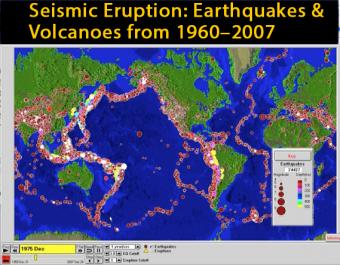

"This is the first global seismic model where no approximations - other than the chosen numerical method - were used to simulate how seismic waves travel through Earth and how they sense heterogeneities," said Ebru Bozdag, a coprincipal investigator of the project and an assistant professor of geophysics at the University of Nice Sophia Antipolis. Created using data from 253 earthquakes captured by seismograms scattered around the world, the team's model is notable for its global scope and high scalability. In 2016, the team released its first-generation global model.

These high-fidelity simulations add context to ongoing debates related to Earth's geologic history and dynamics, bringing prominent features like tectonic plates, magma plumes, and hotspots into view. Currently, the team is focused on imaging the entire globe from the surface to the core-mantle boundary, a depth of 1,800 miles. Using advanced modeling and simulation, seismic data generated by earthquakes, and one of the world's fastest supercomputers, a team led by Jeroen Tromp of Princeton University is creating a detailed 3-D picture of Earth's interior. Clever imaging techniques devised by computational scientists, however, offer the promise of illuminating Earth's subterranean secrets. But unlike an onion, peeling back Earth's layers to better explore planetary dynamics isn't an option, forcing scientists to make educated guesses about our planet's inner life based on surface-level observations.


 0 kommentar(er)
0 kommentar(er)
